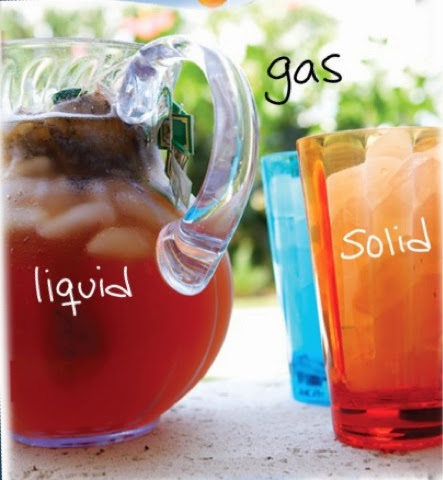There are 3 states of matter, solid, liquid, and gas. Solids have a definite value and definite shape. Liquids have a definite volume but not a definite shape. Gases have no definite value and no definite shape. These are the 3 difference between solids, liquids, and gases.
There is also a 4th state of matter which is plasma. Plasma is a hot ionized material that is contained with nuclei and electrons.
Can a solid turn into a gas and skip the liquid stage? Yes it can, it's called sublimation. Sublimation is when a solid turns straight to a gas like dry ice. Dry ice is -72 degrees Fahrenheit that it can turn into a gas without being a liquid. I never knew that the theory and states of matter could be so interesting!





